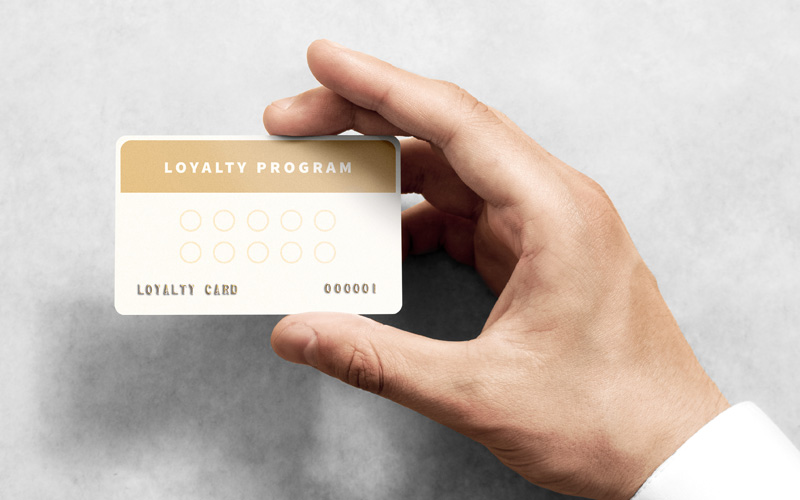Customer loyalty makes a big difference in business. It’s much cheaper to keep existing customers coming back than acquiring new ones. And the most loyal customers spend more.
According to business strategist Fred Reichheld, author of a book called The Loyalty Effect, a five percent increase in customer loyalty can boost profitability by as much as 100%.
It’s no wonder, then, that customer loyalty programs are a big deal for businesses these days. We can see their impact clearly in the restaurant industry. According to Upserve, more than half of adults (57%) are more likely to dine at a venue that offers a loyalty program.
Loyalty schemes are nothing new. Catalog retailer Sperry & Hutchinson started offering its famous S&H Green Stamps way back in 1896. Collecting stamps at grocery stores and gas stations which you could then trade for products in the catalog was the forebear of today’s points-based rewards programs, which took their inspiration from American Airlines’ Frequent Flier scheme first launched in the 1980s.
In the 1990s, brands started developing card-based rewards schemes. QSR chains like Subway introduced simple systems where you got a card punched or stamped for each purchase, then when you had totaled up so many, you got a free purchase.
That gradually gave way to electronic cards, which were swiped at point of sale to log a purchase or upload points. These in turn were the gateway to today’s fully digitized schemes run via online accounts and, most recently, mobile apps.
Loyalty’s digital revolution
Digitized loyalty programs have handed businesses an invaluable resource that is helping to make their customer retention initiatives more effective than ever – data. Having access to a whole heap of data about who your customers are, what, where and when they buy allows businesses to do several things, such as:
- Identify who your highest value customers are, and target rewards schemes at them to maximize impact.
- Personalize rewards and offers so they are as relevant as possible to the customer, which will boost uptake.
- Connect activity across different channels, so in the store or restaurant, online, via your branded app etc, to make it easier for customers to both earn and redeem points.
Streamlining customer loyalty programs to make them as user-friendly as possible – and to make ‘winning’ the rewards as easy as possible – is a key trend. That’s one reason why we’re seeing card-based schemes being phased out. A lost loyalty card might mean you lose all the points you’ve earned to date; a customer who has forgotten to bring their card with them one time misses out. Research has shown that 79% of US consumers are more likely to join a loyalty scheme if it doesn’t require a card.
So, the next generation of customer loyalty programs are evolving to simplify the way customers can earn and redeem their points. App-based schemes are increasingly popular on the back of the fact that 85% of US adults now own a smartphone. Branded apps also allow businesses to tie in a bunch of other services and benefits, such as online ordering and seamless location-based delivery.
But other schemes are using other means to log and administer loyalty programs – a credit or bank card, a phone number, even a customer name. This makes participation in loyalty schemes even more seamless. All you have to do is provide your name or phone number, or it is all done automatically when you swipe your card to pay.
Loyalty and POS
Point of Sale (POS) systems have an important role to play in running such schemes. Whatever type of POS system you have – staff operated fixed or mobile terminals, self-service kiosks – they form the key point in collecting the necessary information required to log points and activate redemptions.
It isn’t just a case of your staff or the customer themselves inputting their name or number, or the system automatically logging a point-earning transaction from the payment details. Your POS system can, for example, also differentiate between purchases and allocate different points as required. Your POS provides a key source of purchasing information so you can identify your most loyal customers. Your POS can also tap directly into your CRM to personalize offers and rewards in real time, and flag to staff and customers alike when they are due a reward.
In other words, the modern POS plays a pivotal role as a hub for administering modern digitized loyalty programs – gathering and processing data, automating management, and making the whole process simpler for customers and staff alike. Simple, streamlined loyalty schemes with relevant, personalized rewards will boost uptake, which due to the impact customer retention has on profitability, will also boost your bottom line.




